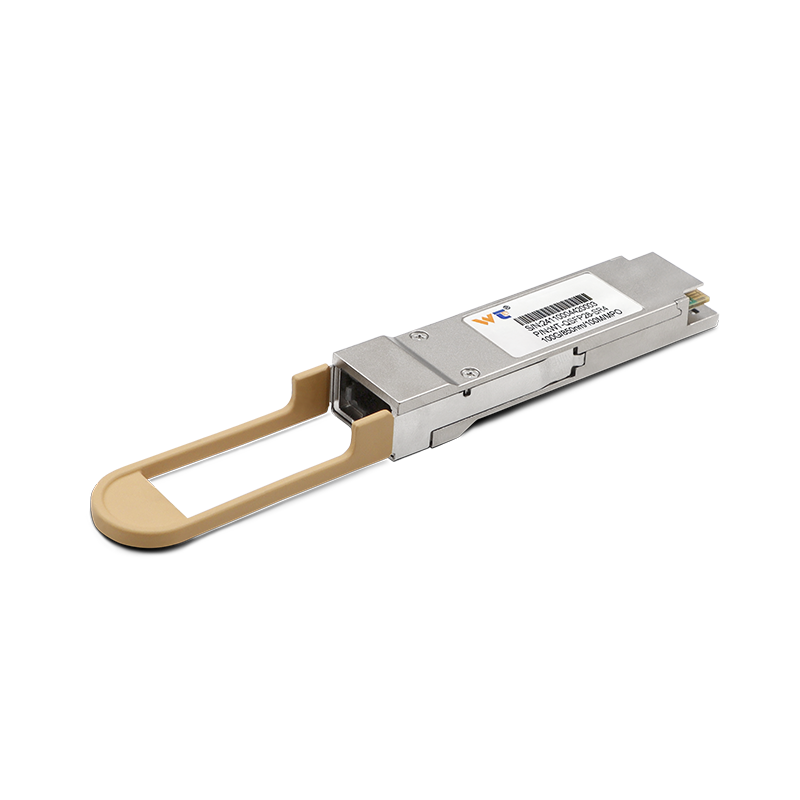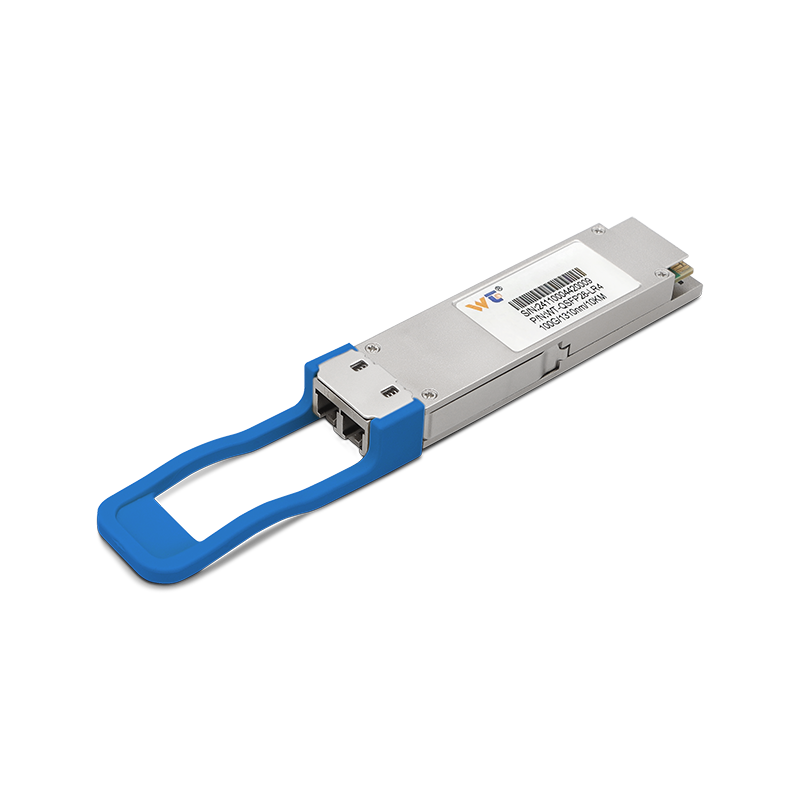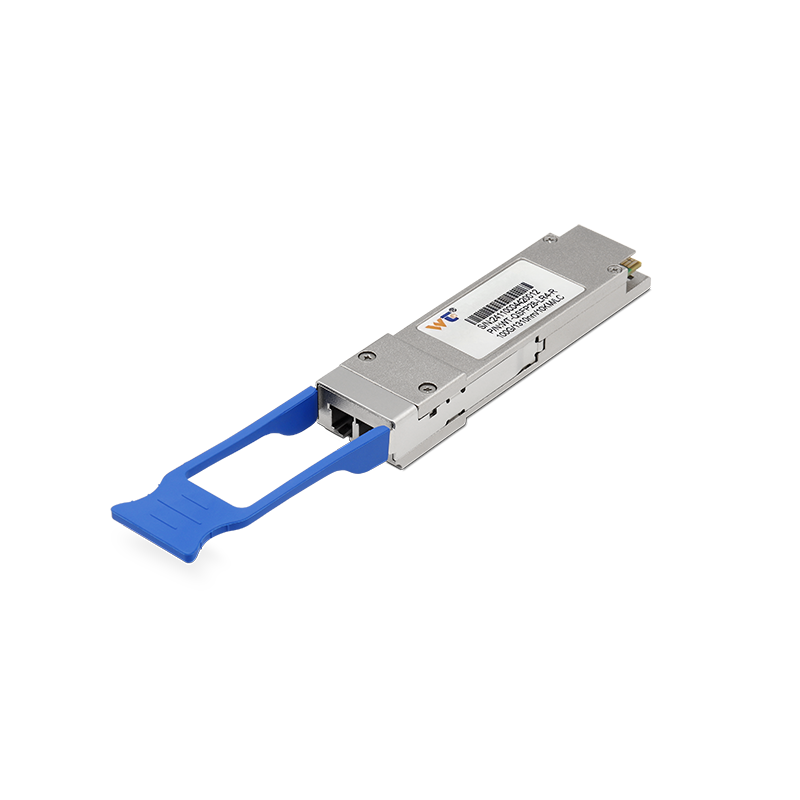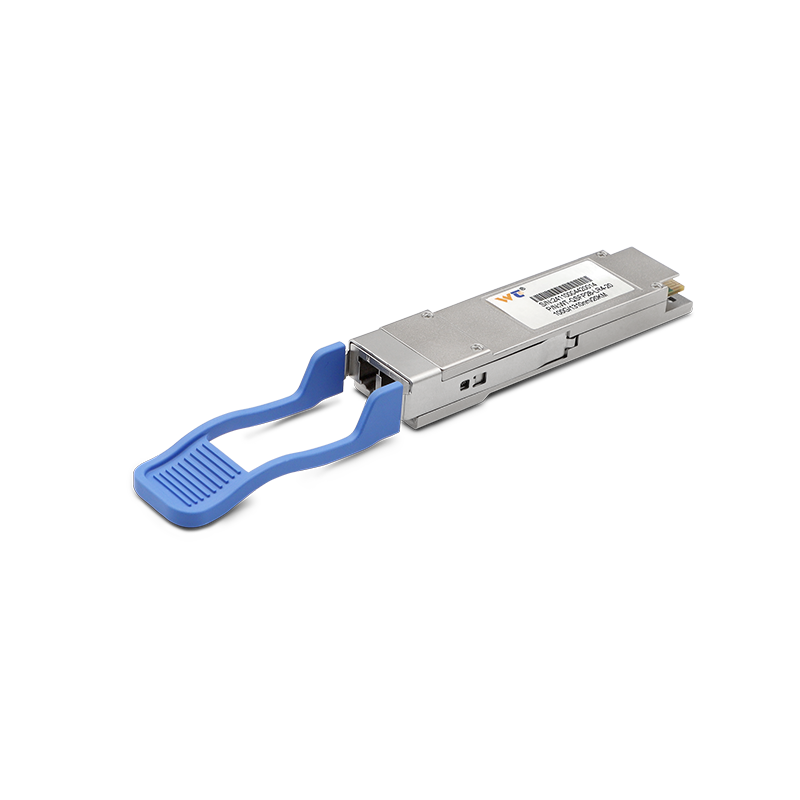In the world of electrical engineering, the role of switches is often undervalued. Think about it: switches are the unsung heroes that manage how electricity flows, giving us the power to direct energy where it’s needed the most. As someone who’s deeply invested in science communication, it’s vital to shed light on just how crucial switches are and the complexities behind their operation. This discussion aims not just to inform, but to enable everyone from engineers to hobbyists to truly appreciate what switches can do. Understanding their functionality can significantly boost your skills in working with any electrical circuit.
At its core, a switch's job is to manage the electrical current within a circuit. They can either open (breaking the connection) or close (making the connection) the circuit, effectively controlling the electrical path. When you flip a switch to the 'off' position, it breaks the flow of electricity, creating an open circuit. On the flip side, when it's in the 'on' position, the circuit closes, and current flows effortlessly. This fundamental action reveals how pivotal switches are in a wide array of systems, from the ordinary light switch in your home to intricate industrial machinery. They come in various forms—toggle, push-button, and rocker switches, for example—each suited for different scenarios, and knowing these distinctions can help practitioners select the perfect switch for their needs.
Diving into the world of switches opens up a conversation about some essential concepts. Electrical circuits are made up of conductors, power sources, and loads. And when a switch enters the picture, it becomes a key element that can either enable or disable current, which directly affects how devices operate. Resistance is another critical concept; in an open circuit, the resistance could be considered infinite, while a closed circuit allows current to flow in accordance with Ohm's law (V = IR). Different switches come with specific ratings for voltage and current, which helps determine where they can be used most effectively. What’s more, the design of switches often includes safety features to ensure reliability and user-friendly interaction, showcasing the broader importance of understanding how they fit into larger electrical systems.
To really harness the power of switches, you might consider these steps:
- Identify what your circuit needs: Determine the voltage and current requirements for your specific application.
- Pick the right type of switch: Decide whether a toggle, push-button, or rotary switch works best for your needs.
- Map out your circuit design: Sketch a diagram, highlighting where you'll place the switch.
- Test the switch's functionality: Before you finalize everything, check that the switch opens and closes properly, without any issues.
- Watch how the circuit performs: Pay attention to how the switch behaves under different loads to ensure everything operates smoothly.
If you’re eager to learn more, why not explore smart switches? These cutting-edge devices can be controlled remotely, making them perfect for modern smart home setups. There’s also an exciting avenue for research concerning the sustainability of switches, focusing on materials and designs that can reduce environmental impacts while still maximizing efficiency.
So, what vital roles do you think switches play in our current tech landscape?
Integrating switches into more advanced systems can dramatically enhance efficiency and control over electrical appliances, setting the stage for smarter technologies to take center stage.
If you’re pondering specific concerns surrounding switches, consider this: What safety measures are in place for different switch types? Common concerns include managing voltage ratings, protecting against electrical shocks, and ensuring the circuit remains intact during operation.
Engaging with switches isn't just educational; it's also incredibly rewarding. Whether you’re setting up a simple light switch or experimenting with a smart switch system, hands-on experience is invaluable. Don’t hesitate to dive into different circuits; the knowledge you gain will be worth it.
In wrapping up, the functionalities and roles of switches are foundational aspects of electrical engineering that tend to fly under the radar. They act as crucial control elements, allowing individuals to manipulate electrical currents across a wide range of applications—from the simplest home installations to complex industrial setups. With energy efficiency and smart tech increasingly in the spotlight, a well-rounded understanding of switches will always be an asset. Applying what you learn about switches in practical settings not only enhances your technical skills but also empowers you to contribute meaningfully to the ever-evolving field of electrical engineering.






